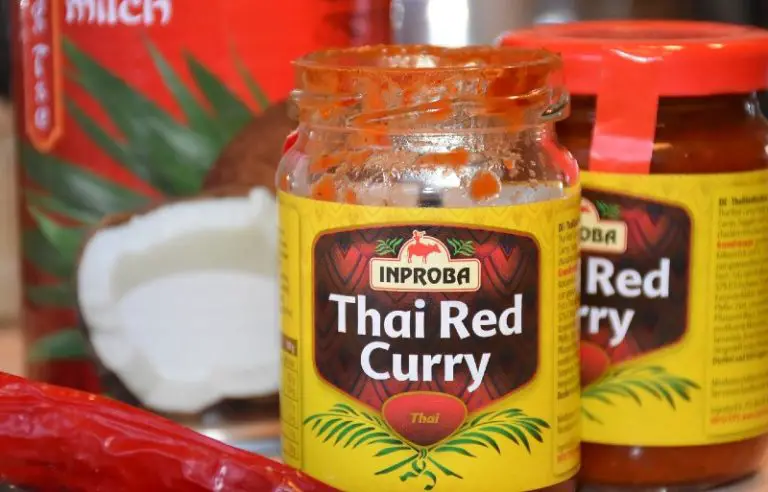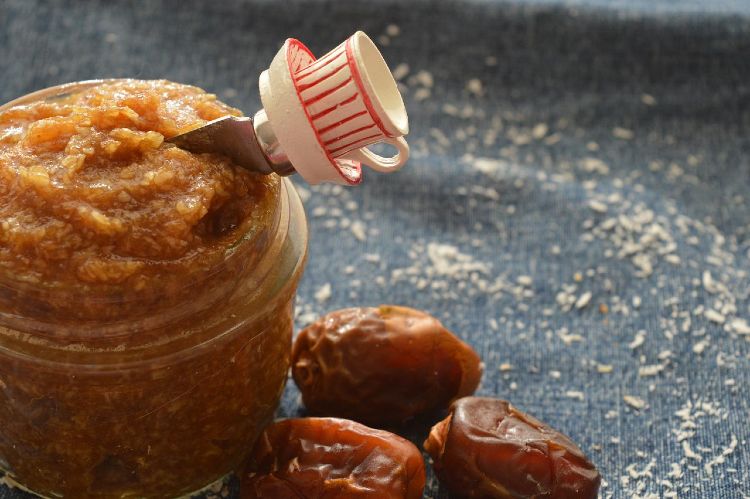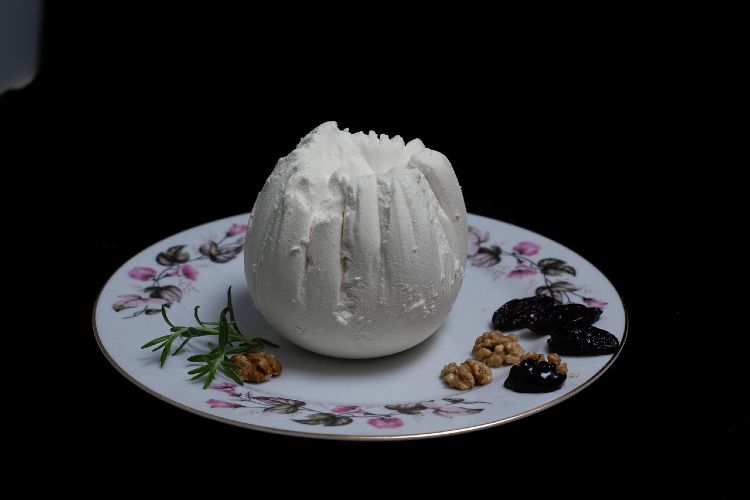Organic and Calm
Introduction
We were captivated by Julia Smith’s whimsical, organic ceramic designs, with their tiny birds and earthy colours. We wanted to interview her to find out all about her work, inspiration and training and here is what we found out.
The Foodie Bugle: Julia, in the very beginning, when you first started making ceramics, where did you draw inspiration for your work? Where did you train?
Julia: I trained at Glasgow School of Art, originally to be a product designer. I soon discovered that I was drawn to the handmade aesthetic rather than mass produced objects. Art school taught me the importance of looking at my work with a critical eye, pushing myself creatively and experimenting.
TFB: When you started your own studio was your individual style already defined and honed, or does your work change all the time, evolving organically with experience and the seasons?
Julia: My senses play a bigger role in my decision making processes than logic and my style reflects that. I enjoy the aesthetics of nature and am not comfortable with disharmony. My style is organic and calm. That style has always been there but the products have developed as I get to know my materials more and experiment to find glazes and forms that fit together.
TFB: Which other potters and ceramic artists do you admire and study the most?
Julia: Here are a few of the many: Lubna Chowdhary’s colourful tiles, Ayumi Horie’s animal drawings, Chui-i Wu’s creatures, James and Tilla Waters glaze colours, Maria Kristofferson’s clocks and boxes and Susie O’Byrne’s animals.
TFB: Can you describe the different techniques you use in your ceramic work and the glazes you use?
Julia: I throw and hand-build with red earthenware clay and decorate it with a contrasting white slip (watered down clay). The glaze I am currently using fires to a smooth cream over the white slip and a light blue over the red clay, turning purple if applied thinly. I fire the clay quite high as I like it to be dark and dense in contrast to the soft light glaze. I apply hand drawn transfers to the glazed surface and fire them in. The sharp clean lines of the drawings contrast nicely with the fuzziness of the glaze.
TFB: Being a potter is quite a solitary and contemplative experience. Now that you work in a studio by yourself do you find it so?
Julia: If I am engaged in what I am doing I do not feel alone in the studio. There is an inner dialogue that goes on between me and what I’m making which I find hard to concentrate on if other people are around. I do enjoy the company of other people too and believe time away from the studio is essential to let ideas breathe and develop.
TFB: Your vessels look very tactile. How important do you think tactility is in the relationship between the artisanal work and the buyer?
Julia: Every mug, bowl and jug I make is unique and although two may look similar they will feel different. When a buyer is deciding which mug to buy, it will be the one which feels best in their hands that they will choose.
TFB: Although your work is very beautiful, you are creating utilitarian, functional objects we see in every day life. Do you feel that people should use them everyday and not just admire them or reserve them for “special occasions”? Do you use your bowls, jugs and cups every day in your kitchen?
Julia: I use handmade ceramics every day in my kitchen. Cooking and eating give me great pleasure and the experience is enhanced by using bowls and cups which I love. I use some of my own ceramics and also have a small collection of other potters’ work which is growing as I attend more ceramics markets. My favourites are a bowl by Joe Finch and a cup by Chris Cox. I find it a little sad when handmade ceramics which are made to be used are left neglected in display cases. I encourage my customers to use them as that is what they were made for.
TFB: Do you do many exhibitions nowadays? Do you ever get to meet the people who buy your work?
Julia: I sell my work at retail and trade fairs, online and through galleries and craft shops. It’s great meeting my customers as they are very enthusiastic, they give me ideas for new products and tell me about their experiences of using my ceramics.
TFB: What does the future hold: what are your plans and hopes for the forthcoming year?
Julia: I am going to be exhibiting and demonstrating at the Pitenweem Arts Festival in Fife from the 27th of July to the 5th of August. I am going to Guldergaard in Denmark for a one month residency in September www.ceramic.dk/ I’m looking forward to having that time to develop new work and see if the different environment has any influence on what I make. From the 9th to 11th of November 2012 I will be selling new work at Lustre in Nottingham and from the 22nd to 25th later that month at Country Living Christmas Fair in Glasgow. The final event for the year will be at Eden Court in Inverness on the 1st and 2nd of December.
TFB: If you had to give advice to people who are interested in learning your craft in order to set up a business what would you say to them?
Julia: I would always encourage people to explore their creativity and learning ceramics can be a very rewarding experience. My advice would be to take it one step at a time. Unfortunately many of the ceramics degree courses are closing down all over Britain but there are privately run pottery classes in most areas. Renting a space in a community ceramic studio is an economical way to get started as it saves you the financial outlay of buying costly equipment.
Further Information
Julia Smith Ceramics: www.juliasmithceramics.com
Shops for ready made items: www.etsy.com/shop/deepfired and www.juliasmithceramics.folksy.com
For orders: www.juliasmithceramics.bigcartel.com/
Telephone: 01667 462 742 or 07900 801 700



